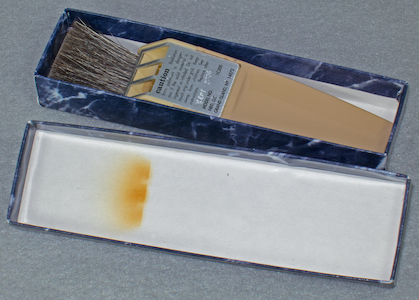- Joined
- Jul 4, 2008
- Messages
- 2,499
- Points
- 113
Love this thread. I've always been interested in minerals, as well as pure elements. I did not realize radioactive minerals had such a variety. Definitely have to look more into this. Thanks guys for the wonderful info!
Not only do Radioactive minerals come in various compositions and colors, they can also be extremely Radioactive in even small sized specimens.
If you're into Gamma spectroscopy, this stuff could be very interesting to look at from inside a lead castle with a CsI or NaI/Tl scintillation detector.
I believe the record holder is a piece of Uraninite with Barite that is from somewhere in the eastern US I had heard that from a 1m distance with a Beta Shield closed
it is over 500mR/hr (Gamma dose). This is from only a ~3Kg sample. Spectral analysis shows a significant amount of Radium in the Barite that is responsible for the excessively high counts. I believe in total exposure in a,B, and Y) is in order of several mSv/hr. (more 2.5x than your yearly dose of Radiation for the average person)
This the same ore that was mined during the 1930s and 40's for producing Radium paint for aircraft dials and markers.
:eg:






